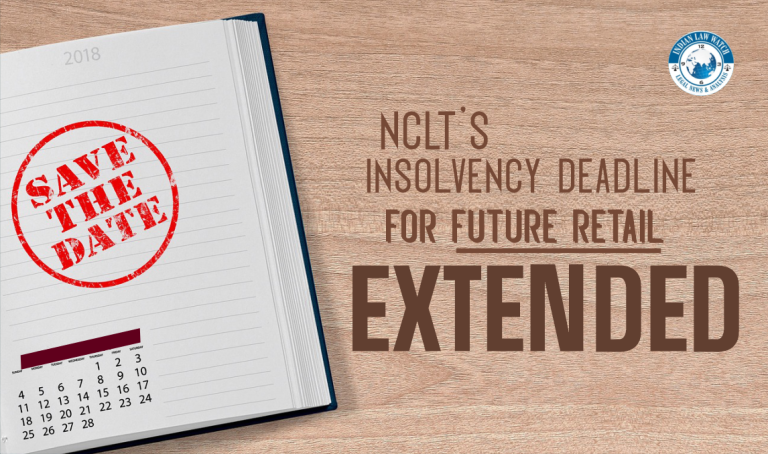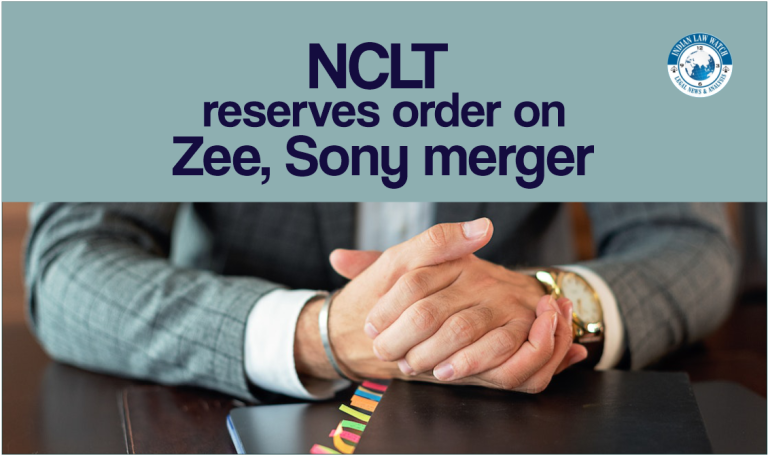
Amendment to ICDR Rules: Stricter Norms and more Security to Retail Investors
 In the backdrop of 63 companies raising a record amount of Rs 1.2 lakh crore through initial share-sales in 2021 (significantly higher than Rs 26,611 crore by 15 companies in 2020 and nearly double the previous best of Rs 68,827 crore by 36 companies in 2017), Primary Market Advisory Committee (PMAC) deliberated the current regulatory framework for IPOs and made recommendations on certain measures. SEBI gave effect to these recommendations by notifying the Securities and Exchange Board of India (Issue of Capital and Disclosure Requirements) (Amendment) Regulations, 2022 (“ICDR 2022”) on January 14.
In the backdrop of 63 companies raising a record amount of Rs 1.2 lakh crore through initial share-sales in 2021 (significantly higher than Rs 26,611 crore by 15 companies in 2020 and nearly double the previous best of Rs 68,827 crore by 36 companies in 2017), Primary Market Advisory Committee (PMAC) deliberated the current regulatory framework for IPOs and made recommendations on certain measures. SEBI gave effect to these recommendations by notifying the Securities and Exchange Board of India (Issue of Capital and Disclosure Requirements) (Amendment) Regulations, 2022 (“ICDR 2022”) on January 14.

-
With this, SEBI has put a cap on the utilization of proceeds, restricted the number of OFS, extended the lock-in period, and revised the allocation methodology for non-institutional investors (NIIs) etc.
-
Investors with more than 20% shareholdings can only sell less than 50% of their pre-issue holdings. Further, a 10% cap on OFS for the shareholders with less than 20% shareholdings. The earlier regime does not put any cap and large shareholders could sell their entire holding through the OFS route. Since the new-age companies neither have a profit track record nor an identifiable promoter, it makes a complete exit by prominent shareholders risky as it leads to a crisis of confidence among retail investors.
-
Regulation 129 has been tweaked to add 3 A. Accordingly, in case of book-built issues 1/3rd of the portion available to the NIIs will be reserved for applicants with an application size of between Rs 2 lakh to Rs 10 lakh, and 2/3rd for applicants with an application size of more than Rs 10 lakh. Further, a minimum price band of at least 105 per cent of the floor price applicable on all issues has been provided.
-
The amount raised for General Corporate Purposes has been brought under “monitoring” and the utilization of the amount has to be disclosed in the monitoring agency report till the utilization of the entire amount. This report has to be placed before the audit committee for consideration quarterly.
-
Further, a company can use only 35 % of the IPO proceeds if it has set out an object for future inorganic growth but has not identified an acquisition or investment target and only 25 % for completely unidentified acquisitions. This change comes with the new trend of companies only stating ‘funding of inorganic growth initiatives’ in the object of the offer document, without giving details.
-
The board also increased the lock-in period for anchor investors from 30 days to 90 days on 50% of the shares allotted to the anchor investors. For the remaining 50% shares, a lock-in of period 30 days. It was observed by the PMAC that the presence of institutional and anchor investors offers confidence to the broader market. This move is to prevent share-price volatility and losses for retail investors.
 The new amendment has brought significant changes to the existing regime by tightening the norms for utilization of IPO proceeds and selling of shares. These changes can have a long term impact on the plans of issuers planning to list on Indian stock exchanges. However, these new norms certainly offer more comfort to retail investors. Further, monitoring of proceeds will bring more transparency ensuring more accountability of the issuer.
The new amendment has brought significant changes to the existing regime by tightening the norms for utilization of IPO proceeds and selling of shares. These changes can have a long term impact on the plans of issuers planning to list on Indian stock exchanges. However, these new norms certainly offer more comfort to retail investors. Further, monitoring of proceeds will bring more transparency ensuring more accountability of the issuer.






